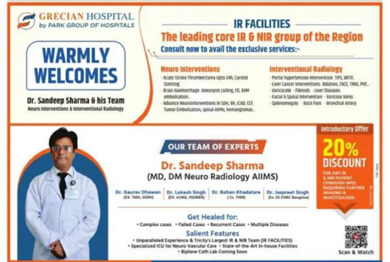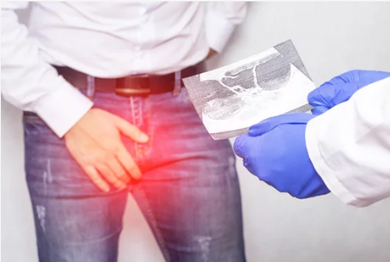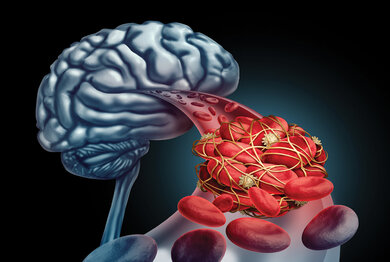Support in Insurance Claim
No-Cost EMI
Without Admission
Short Hospital Stay
4.9 Rating on Google
Benefits

Minimally Invasive

No Complications

Faster Recovery

Preserves Natural Knee Joint
To Book An Appoinment
What is Genicular Artery Embolization?
Genicular Artery Embolization (GAE) is a non-surgical treatment for chronic knee arthritis pain. Done by specialists called Interventional Radiologists, it targets tiny problem blood vessels that grow around an arthritic knee joint. These vessels cause inflammation and pain.
Here’s how it works: Using live X-ray pictures, the doctor threads a very thin tube through a small nick in your groin or wrist up to the arteries feeding your knee. They inject special microscopic particles to block those problem vessels. This calms the inflammation and significantly reduces pain. It’s an option when other treatments like injections or therapy fail, offering long-lasting pain relief without major surgery. Recovery is typically fast. Many patients experience major improvement.
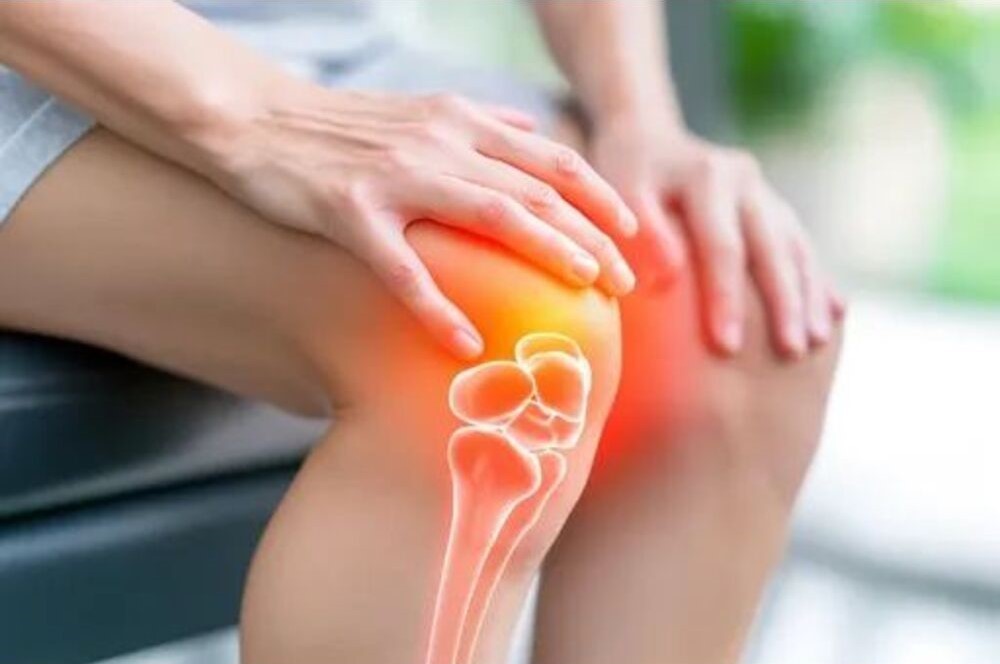

Symptoms of Knee Osteoarthritis
People may experience variable symptoms depending on the extent of damage. Knee osteoarthritis (OA) is a degenerative joint disease that causes pain, stiffness, and reduced mobility. Common symptoms include:
- Pain in the joints is one of the common symptoms. Pain can be variable according to the timing of the day and can even occur related to the weather.
- Joint stiffness, crackles, swelling, or tenderness is a common finding.
- A bump or bony outgrowth in the joint area can be seen.
- Joint deformity or limping is a common finding in extreme cases.
- Reduced Motion: Difficulty fully bending or straightening the knee.
Causes of Chronic Knee Pain
Chronic knee pain usually starts with arthritis (like osteoarthritis), old injuries, or years of wear-and-tear. Tears in ligaments (ACL, MCL) or the meniscus cartilage are big triggers. Swollen bursae (bursitis) or irritated tendons (tendonitis) add to the ache. Genicular nerve pain? Sometimes that nerve gets pinched or inflamed, firing off constant pain signals.
Radiofrequency ablation knee joint can burn those nerves to quiet things down—maybe for months. But it’s not a forever fix. Steroid shots, pain meds, or PT? They help manage flares but don’t solve the root problem. Want lasting relief? You’ll likely need muscle-strengthening, weight loss, or surgery. See a specialist. They’ll find your cause and build a real plan.

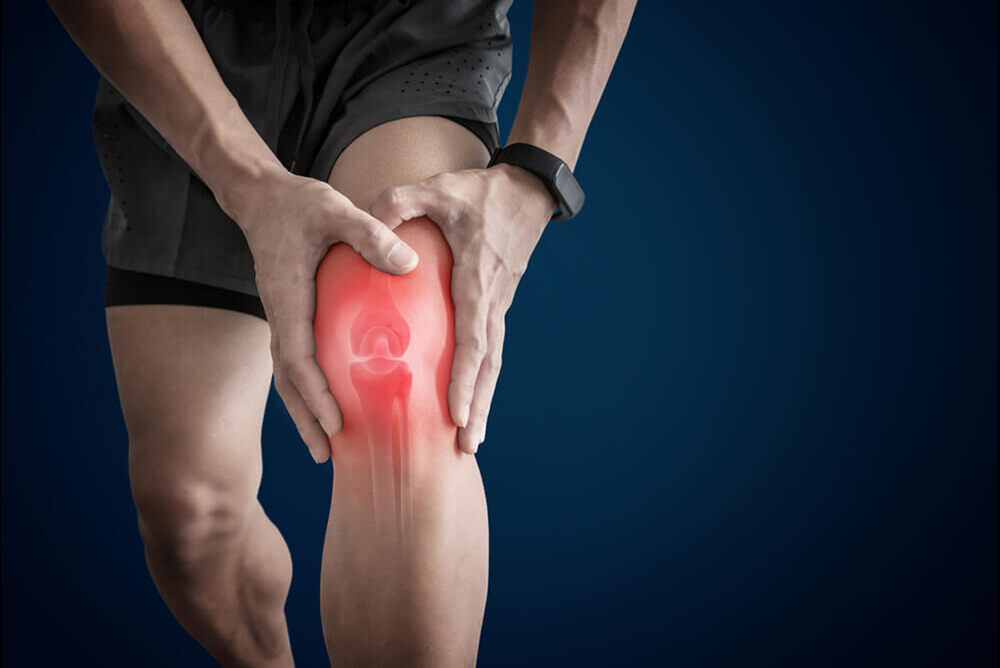
Treatment Options for Chronic Knee Pain
Chronic knee pain can stem from osteoarthritis, injury, or inflammation. The first-line steps include lifestyle changes, gentle exercise or hydrotherapy, weight control, NSAIDs or pain relievers, and sometimes steroid or hyaluronic acid injections.
For patients who don’t get sufficient relief, minimally invasive procedures are available. Radiofrequency ablation knee joint targeting the genicular nerves (such as superior medial, superior lateral, and inferior medial branches) can interrupt pain signals, often reducing discomfort by 50% or more for months.
At IRFacilities, we emphasize Genicular Artery Embolization (GAE)—a cutting-edge, image-guided technique where genicular arteries are embolized through a tiny wrist or groin approach. This reduces inflammation and neovascularisation, offering pain relief without surgery. Patients typically walk the same day and recover quickly with minimal downtime.
If modern options aren’t effective, surgical solutions like knee arthroplasty may be considered, but many patients prefer the safety and speed of IR-based therapies.
Genicular Artery Embolization Cost in India
GAE is a revolutionary alternative to knee replacement for early OA cases.
It typically costs about 1.25 lakhs in the IR facilities. Although the cost is variable, ranging from 70K to 3 lakhs, depending on the experience & volume of surgery.
At most places, it is done through groin & patient needs to be at hospital for 1 day. But at IR facilities, it is done through the wrist, thus preventing hospital stay costs & cost of rehabilitation.
At most medical centers, genicular artery embolization is performed through the groin region, and the patient usually needs to be admitted for at least one day. In contrast, at advanced IRfacilities, the procedure is done through the wrist, making it even less invasive. This technique helps avoid hospital stay costs and also reduces the expenses related to rehabilitation.
It is also worth noting that radiofrequency ablation knee joint treatment is another non-surgical option, though GAE shows promising long-term results for pain relief.





















